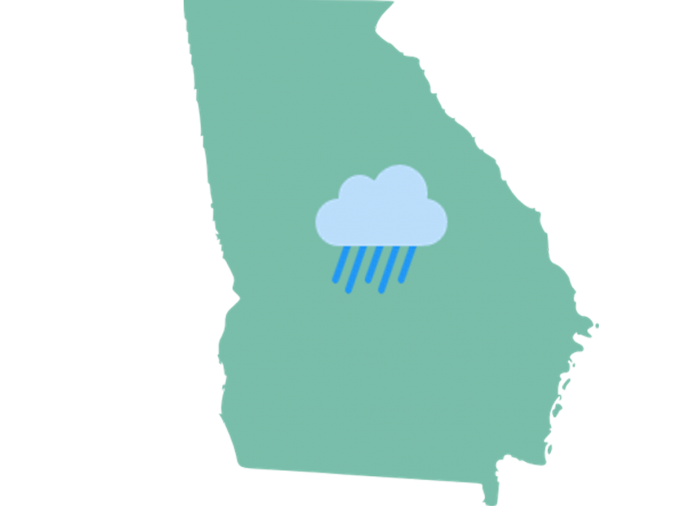Recently, the North Carolina Water and Wastewater Rates Dashboard was updated with 2019 data and the North Carolina Water and Wastewater Rates Report 2019 was published. Are you getting all you can out of these useful resources?
As the start of the new fiscal year approaches in July, utilities across North Carolina will be preparing to enact new water and wastewater rates in their communities. Rate increases can be perceived as negative to the general public, though they are necessary for financial sustainability, and ultimately to protect the public health of the communities they serve. How can utilities convey the important decisions that go into what many just see as an increase in their bill?
That’s where the resources from our 2019 North Carolina Water and Wastewater Rates Survey can help, providing easy to understand visuals, key takeaways from aggregated, statewide data, and the numbers behind it all. Continue reading





